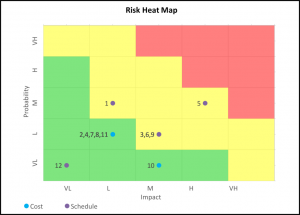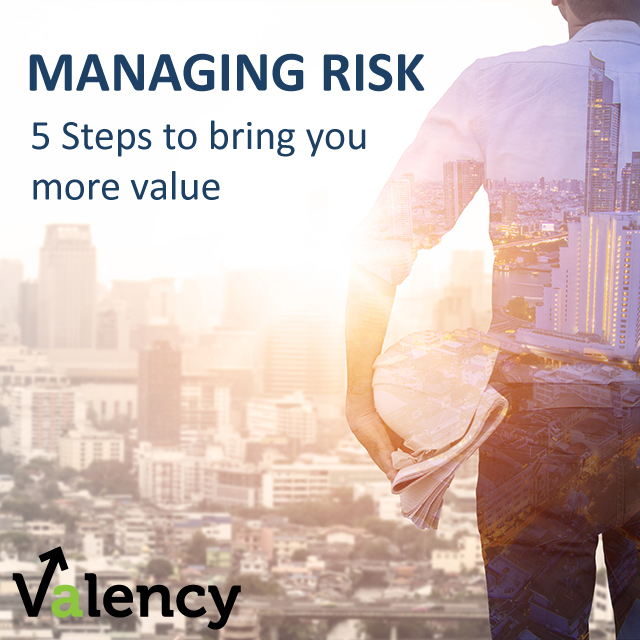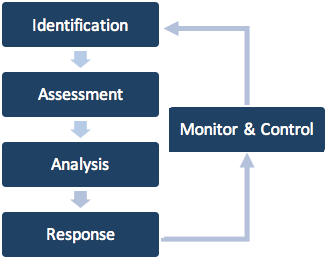 Managing RISK: 5 Steps to Bring you More Value
Managing RISK: 5 Steps to Bring you More Value
When done right risk management of Capital Projects can significantly decrease schedule overruns and reduce costs. Managing risk is important.
CII benchmarking research shows that organizations using a formal process for managing risk see a 10.1% reduction in project schedule growth. CII benchmarking research also shows that when the risk management process is initiated prior to project authorization, projects experience a 9.4% reduction in cost growth over projects that initiate the risk management process after project authorization and front end planning is complete.
Are you running Risk Assessment sessions for your projects today? Do you find you always identify the same risks early but continue to be surprised during the project by risks that weren’t identified early?
As a CII registered education provider, we have done substantial work helping organizations adopt and implement CII tools and processes to improve project delivery. Our mandate is to help you dramatically improve the performance of your capital projects. A key part of implementing any new risk process is to gain relevant training.
Risk Management Principles and Practices
Join us for an upcoming virtual course: Risk Management Principles and Practices workshop.
During these sessions, Valency will present CII’s recommended 5-Step risk management process. Through the extensive efforts of CII’s research teams, they have developed step-by-step processes, and supporting tools to help you realise value from your Risk Management efforts. CII recommends a five step process for managing risk. We will take you through each step with hands-on exercises and practical examples.
Step 1: The first step is Risk Identification, where risks that may affect your project are identified and documented.
Step 2: The second step is Risk Assessment, where you complete an assessment of identified risks in terms of potential cost or schedule impact. With this information in hand, your project team can better prioritize the order in which they should respond to risks.
Step 3: The third step is Risk Analysis, which refers to techniques to perform quantitative risk analysis.
Step 4: The fourth step is developing risk responses, where your project team will determine the most appropriate response strategy and actions for each risk.
Step 5: And the final step in this iterative process is monitoring & controlling risk. Just like we monitor and control project cost and schedule throughout a project, this step involves reviewing progress on agreed-upon risk responses, reviewing changes in risk exposure, and identifying additional risk management actions that are required.
One of the key deliverables of taking part in a Risk Management workshop is sharing the results in a relevant and meaningful way.
When managing risk do you have a dashboard that can quickly communicate your top risks to Sr. Management? A dashboard that continually updates your risks as you implement mitigative measures?
Valency’s Dynamic Risk Register
Along with CII recommended tips and processes we’ll introduce Valency’s dynamic Risk Register and dashboard reporting tool. Valency’s Risk Register includes an automated checklist and Heat Map you can share with Senior Management to quickly update project status.

Does your team understand how to assess the “value” of risk?
This is critical when prioritizing which risks need to be mitigated (it is usually too expensive to address all risks). Valency’s Risk Register uses simple techniques to automatically assess and compare value of your identified risks. All course participants will be given access to Valency’s Risk Register.
Whether you are starting from scratch or have existing tools you can use Valency’s Risk Register, Heat Map, and Risk Communication Dashboard to augment the tools you use now.
Risk Management Principles & Practices – Virtual Training Course
Learn how to effectively implement best practices in project risk management from the Construction Industry Institute (CII). Using an interactive case study, participants will see first hand how to apply practical and easy-to-use strategies for risk identification, qualitative risk assessment, developing risk responses, and monitoring risk throughout the project lifecycle.


